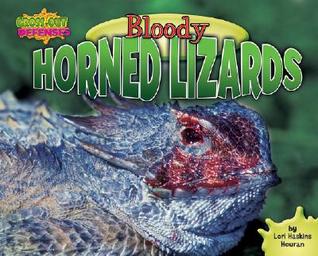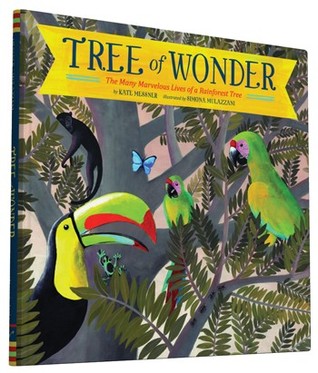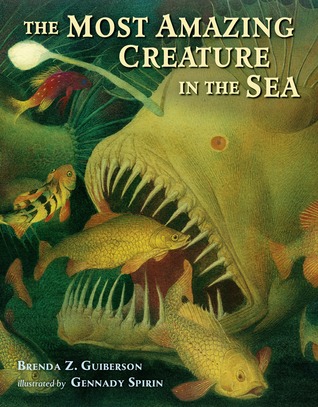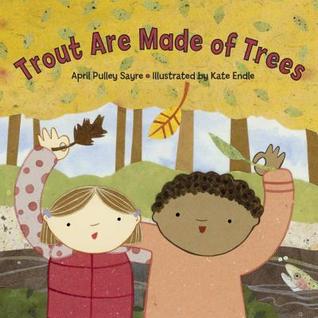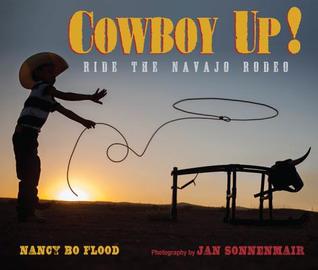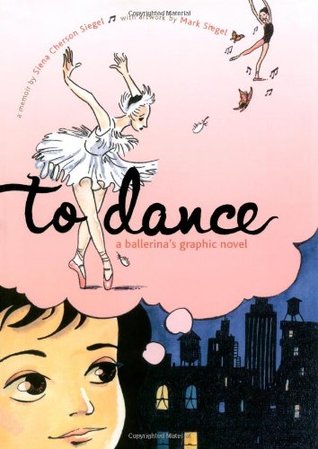I have been trying to fit more professional reading into my life lately. There are so many great professional books that have been piling up. I have found that if I focus on one book at a time and try to read 20ish pages a day, I can finish a professional book in a couple of weeks. The 20 pages a day happened because I wanted to give myself a doable amount of reading to do in a day to get more professional reading in. But what I've found is that 20 pages a day gives me a good chunk of information to think about and a good amount of time to study a topic. So when I dig into a new professional book, I am thinking about the topic for two weeks, really giving myself time to digest and reflect on what I've read. In the past I have sometimes rushed through new professional books, reading them in a weekend and this seems to be a better way to read and digest the new thinking. The 20 pages also makes sense for my reading life. I don't have to "give up" fiction reading to read professional books if I am just holding myself to 20 pages a day. I can fit in both with that expectation of myself.
This week, I am reading Kylene Beers' and Bob Probst's new Nonfiction Reading: Notice and Note Stance, Signposts, and Strategies and I am so glad that I am taking my time to read it and not rushing through it. I am not far along as the book just arrived a few days ago but already I find myself rethinking much of what I thought I understood about nonfiction reading. I am doing just what the writers hoped I would do. As they state on page 1 of the introduction, "And we do want this book to challenge you. We want you to pause to consider new ideas, mull over comments we make, mark passages you want to reread and discuss with colleagues."
I want to share with you the reason my new strategy of reading 20 pages a day of a new professional book is making good sense to me. I started the book over the weekend. On the first day with the book, I did a pretty heavy preview--looking through the book to see what to expect. Then I dug into the first 20 pages. And then I stopped for the day. On reflecting, I was amazed at how much I had to think about with just 20 pages of reading.
-I am thinking about the students we teach today and how their experiences are quite different from my own at their age. Beers and Probst state, "By 2016, every student in school will have been born in the 21st century. They will have grown up with the world at their fingertips."
-I am thinking about the idea of stance that is part of the subtitle of this book and what it means as a teacher of nonfiction. Beers and Probst state, "This book had to discuss a stance that's required for the attentive, productive reading of nonfiction. It's a mindset that is open and receptive, but not gullible." I have read and reread this line several times and love the idea of what it means. One sentence that says so much about something far more important than the traditional ways I've been thinking about teaching nonfiction.
-I am processing the 5 day cycle of lessons that the authors share and how to build Big Questions along with understanding of signposts to build more time and engagement with nonfiction text.
-I am excited to look at the videos that show these things in action. Throughout the book are QR codes that lead readers to videos that go along with the thinking in the book.
-And I am fascinated by the authors' explanation of the way in which nonfiction has been defined over the years. "It's really not surprising that the meaning of nonfiction has shifted as well. What was once a term used by librarians to signify that the text simply wasn't a novel morphed into meaning "not false" and even "informational". While note surprising, we do wonder if this shift has served us well." This section of the first 20 pages fascinated me and made me think about the way in which I have defined nonfiction for myself and for my students and how that might evolve.
As you can see, my 20 page strategy is working for me. Giving myself time to read and think about the professional books that have been on my stack seems important. Even though I am dying to keep reading, I know that this is a better way for me to take in most professional books. This particular one is so packed with great thinking that I'd hate to rush past some of it.
I am excited to continue this first read of this book as I know my teaching will change for the better because of it.
If you don't have this book yet, I already highly recommend it. The first 20 pages are worth the price you'll pay--trust me. Heinemann has some great videos of Kylene and Bob talking a bit about the book as well as some great Sneak Previews to give you a sense of what to expect.















